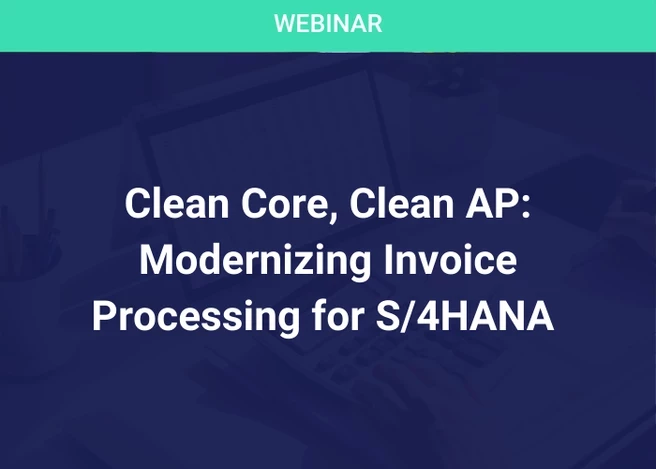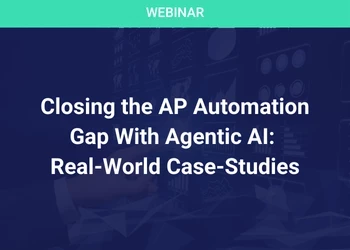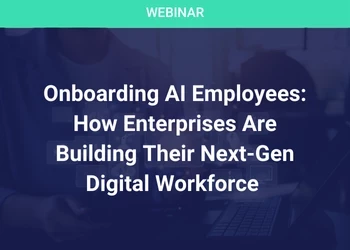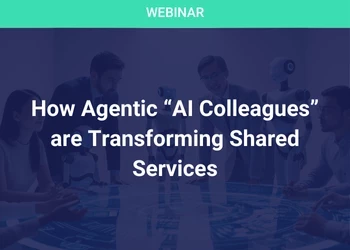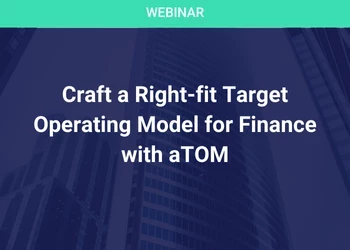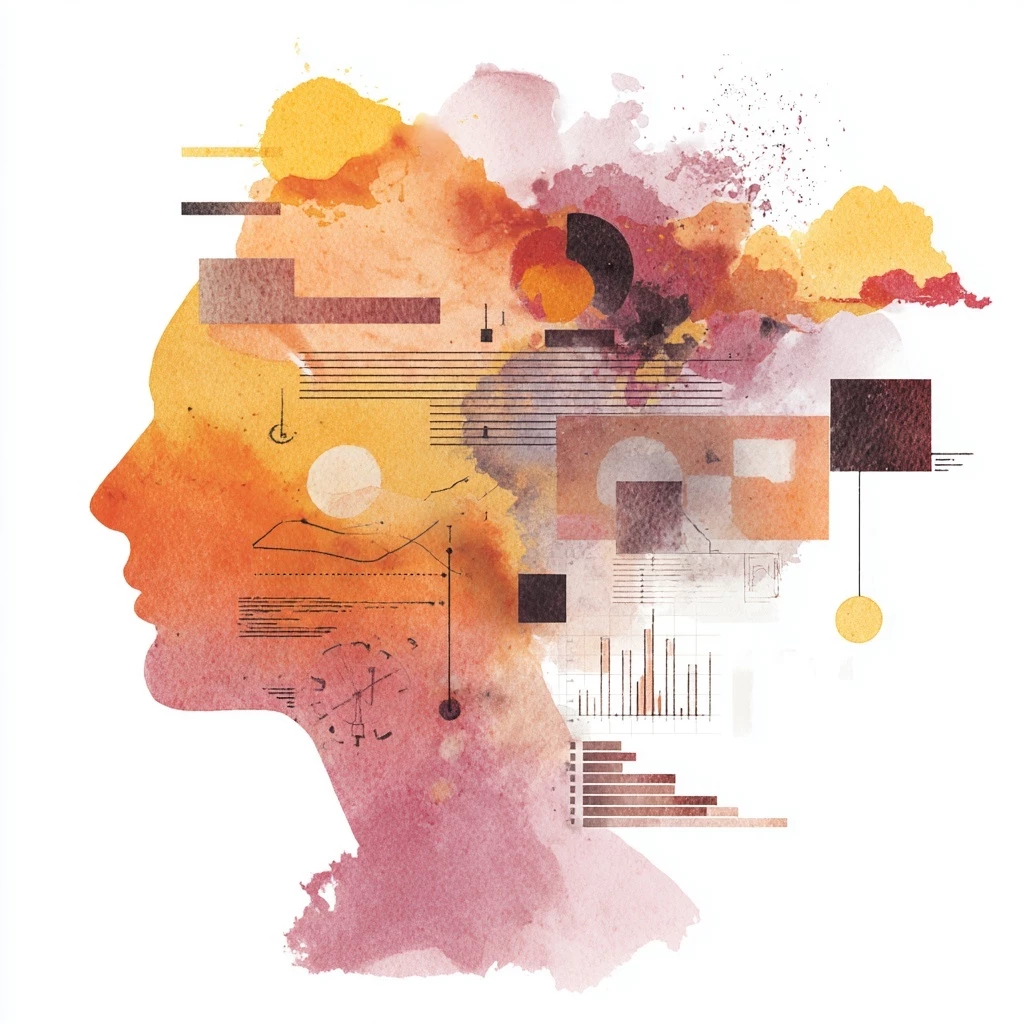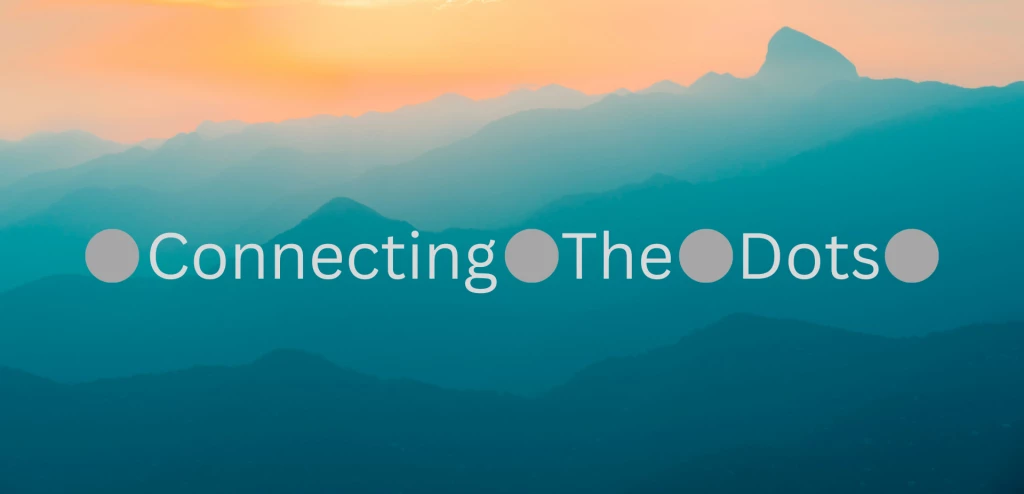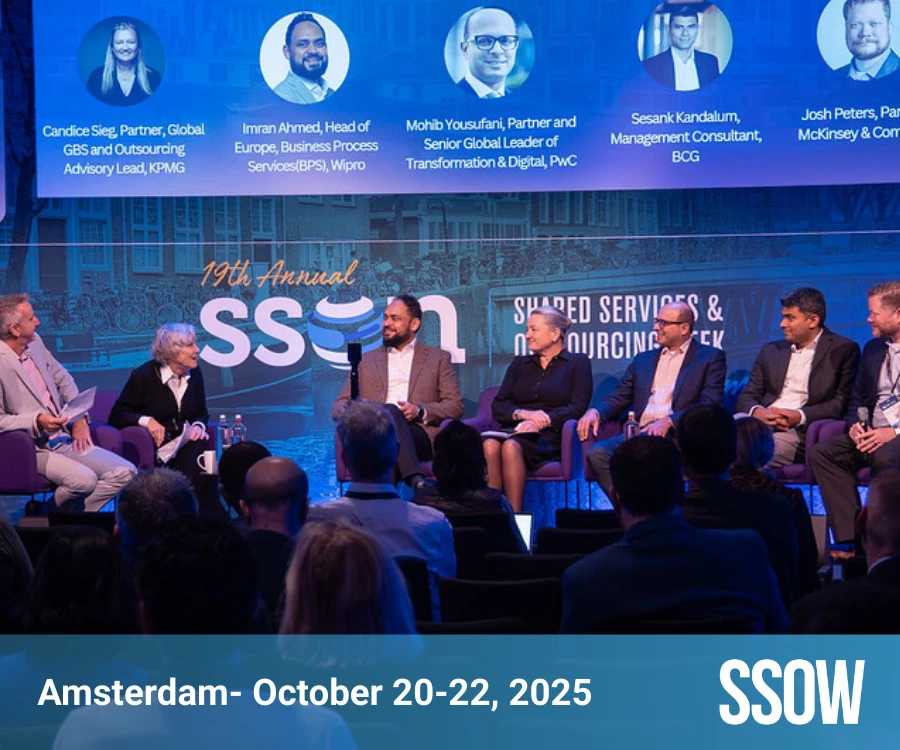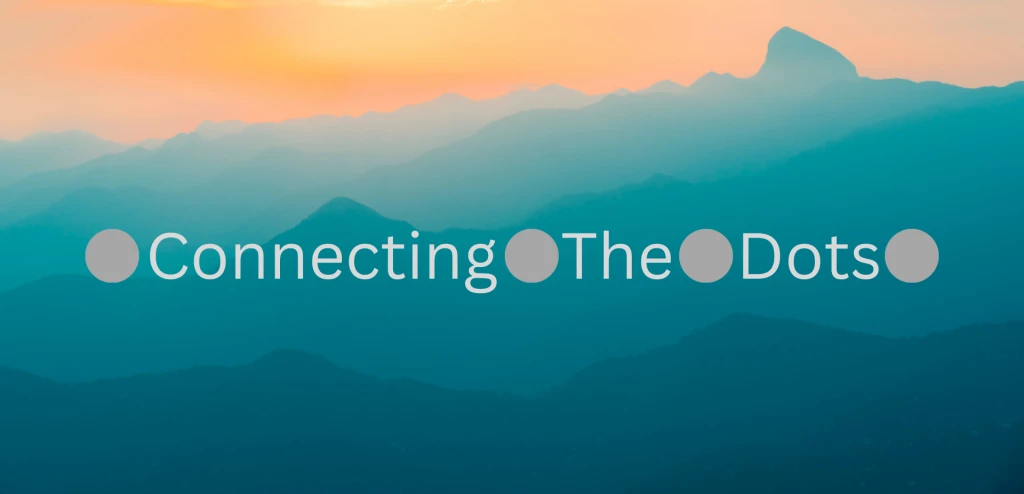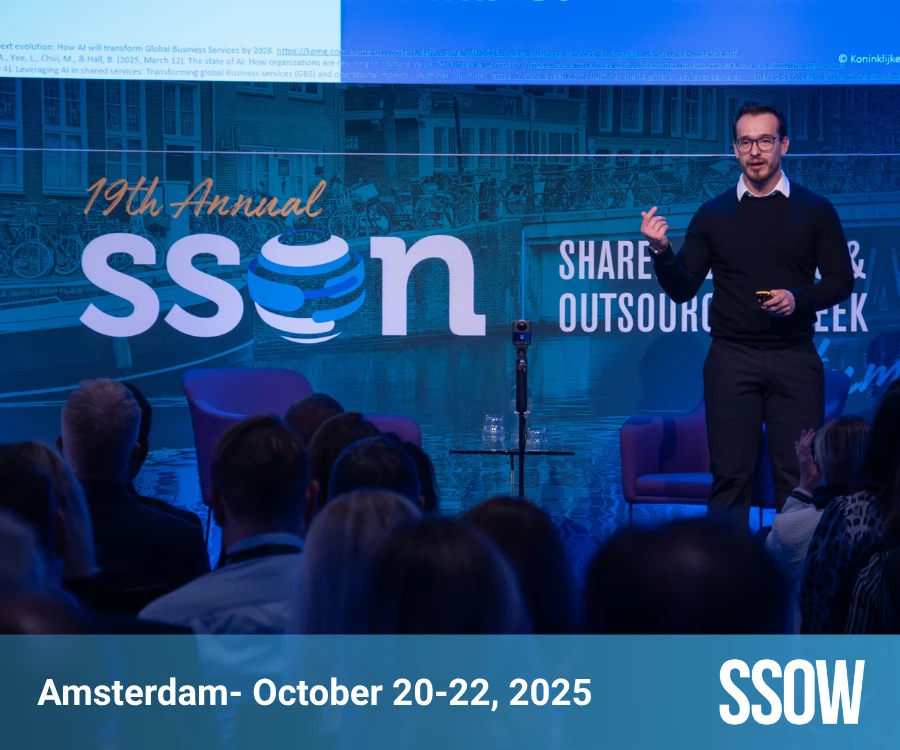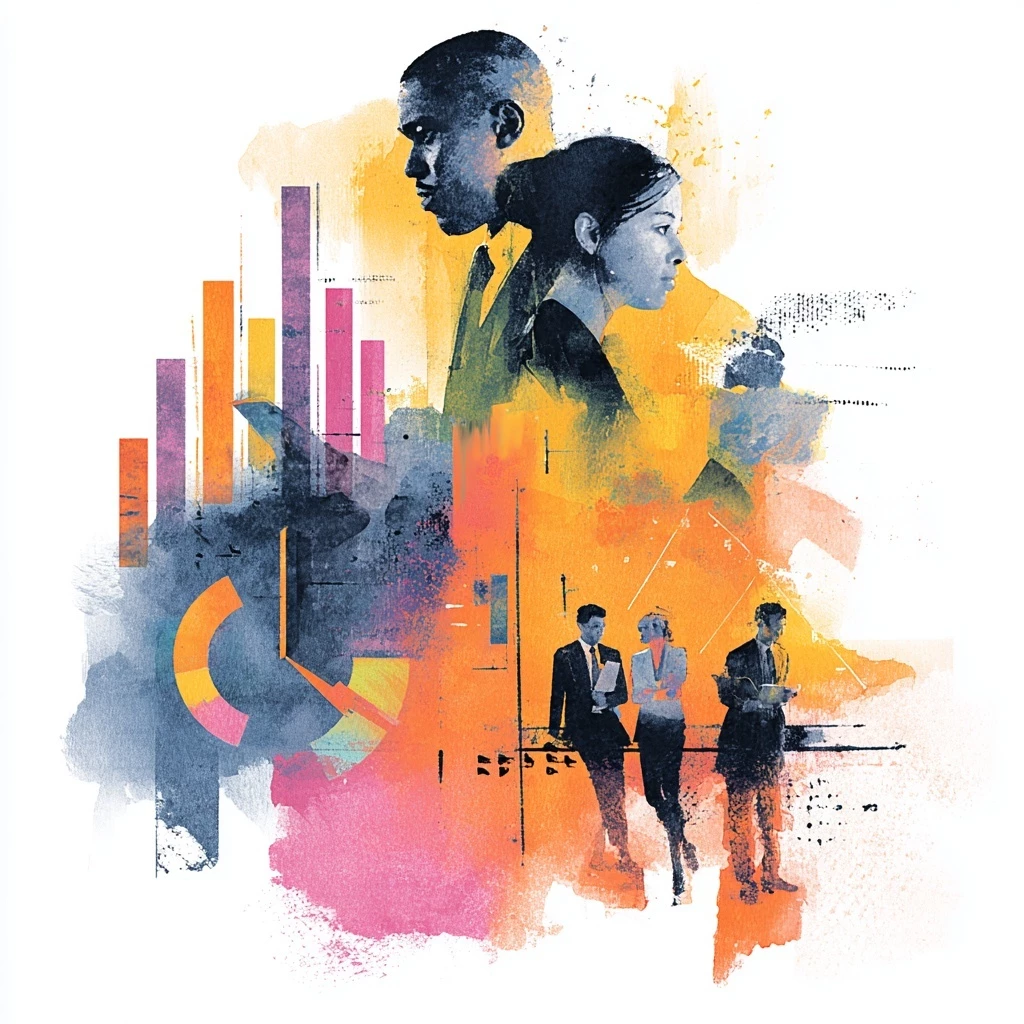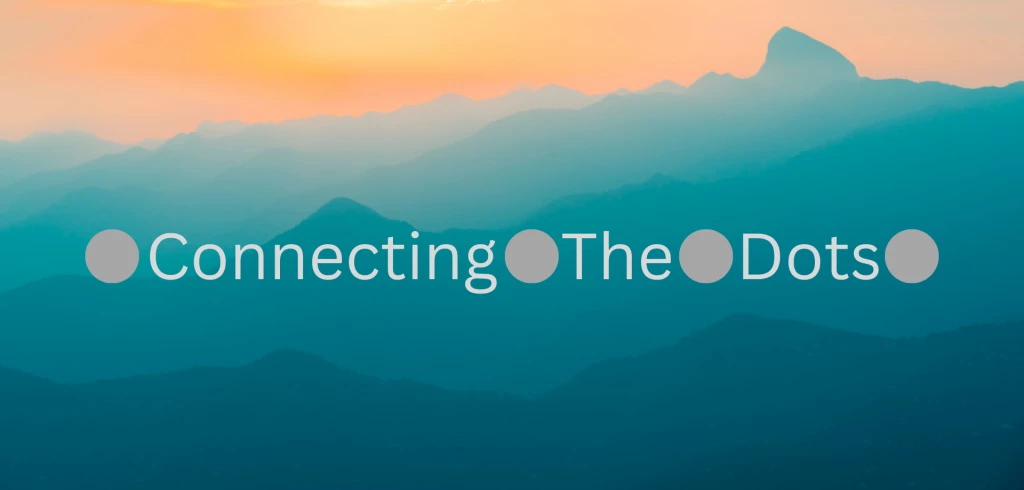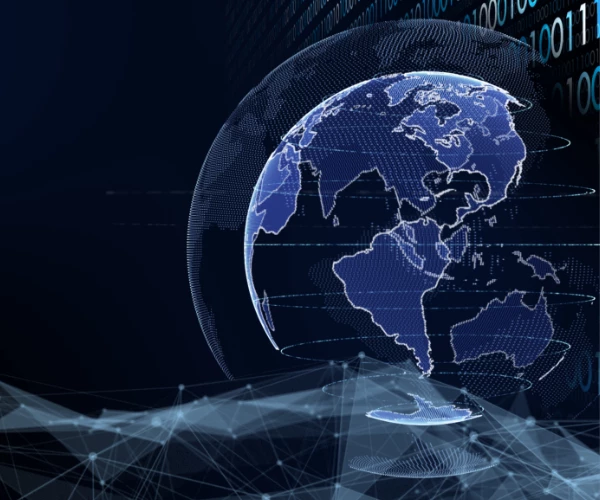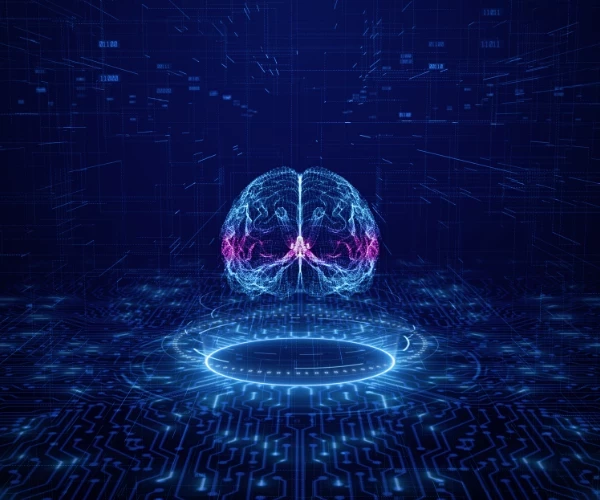
AI Agent Protocols: 10 Modern Standards Shaping the Agentic Era
AI landscape has entered a transformative phase. It is one where “agentic” systems of autonomous, goal-directed agents drive entire workflows and applications. From conversational LLM assistants to intricate multi-agent architectures, the next leap forward is in how agents communicate, coordinate, and act, often across boundaries of frameworks, vendors, clouds, and enterprises.
At the heart of this revolution is a new generation of AI Agent Protocols: standardized, open, and production-ready ways for agents to interoperate, discover each other, share memory, invoke tools, and coordinate tasks at scale. In this article, I will cover 10 most influential agent protocols that are shaping how next-generation AI systems will work, layer by layer.
Why AI Agent Protocols Matter?
Early agent projects developed in silos, each with their own APIs, task formats, and frameworks. This fragmentation made it nearly impossible to compose agents into broader systems, or to build reusable tools and memory across platforms. Imagine an enterprise where departments use incompatible systems that can't exchange data, collaboration breaks down, and innovation slows.
Agent protocols are the solution: they act as the “HTTP for AI agents,” allowing any agent, regardless of its provider or language, to communicate robustly with others, access external tools, and leverage wider ecosystems.
The rise of these protocols is bringing about:
- Seamless interoperability for multi-agent systems.
- Simplified tool integration and memory sharing.
- Vendor neutrality and future-proofing for AI applications.
- Faster development of trusted, secure, and scalable intelligent workflows.
The Protocol Landscape: 10 You Should Know
Let us dive into each of the top protocols, highlighting who’s behind it, its core focus, architecture, and best-fit use cases. Where possible, I will include real deployment insights.
1. ACP (Agent Communication Protocol)
What it is: IBM’s open, vendor-neutral standard (under the Linux Foundation) for standardizing communication between AI agents. ACP defines RESTful, HTTP-based interfaces for task invocation, lifecycle management, and both synchronous/asynchronous messaging, leveraging capability-based security tokens for fine-grained authorization.
Key Features:
- Agent discovery using metadata registries.
- Structured task invocation via HTTP POST.
- Streaming responses and real-time task status.
- Designed for modular, enterprise-scale agent networks—legacy software and cloud integration included.
Best Use Case: Enterprise multi-agent collaboration and orchestration, where agents must assign tasks, relay messages, and interact with a combination of other agents and external tools/services.
2. AGP (Agent Gateway Protocol)
What it is: A modern communication standard, AGP acts as a gateway for secure, high-throughput messaging between distributed agents, regardless of the underlying framework. Built on gRPC and HTTP/2 with Protocol Buffers, AGP supports multiple communication models (request-response, pub/sub, fire-and-forget, streaming). It emphasizes separation of data plane (routing and delivering messages) and control plane (admin, auth, access control).
Key Features:
- High-performance agent messaging and routing.
- Channel-based addressing, connection tables.
- mTLS, RBAC, and end-to-end encryption for security.
- Real-time observability and traceability.
Best Use Case: Fast, secure, and highly-scalable agent mesh in both cloud and edge deployments, think of AGP as the “sophisticated postal service” for AI agent communication.
3. A2A (Agent 2 Agent Protocol)
What it is: A2A provides a universal standard for agent-to-agent communication, enabling agents built on different vendors, frameworks, or clouds to find, communicate, and collaborate securely. Originally born within Google for Gemini/Astra and now stewarded by the Linux Foundation, it standardizes “agent cards” (JSON-based capability manifests) and task-based workflows.
Key Features:
- Discovery via public Agent Cards (capabilities, endpoints, authentication).
- Asynchronous task initiation and management.
- SSE streaming for real-time progress and artifacts.
- Open governance, vendor neutrality, and rapidly growing ecosystem adoption.
Best Use Case: Building large-scale, interoperable agent swarms, let agents from different teams, companies, or products communicate seamlessly.
4. MCP (Model Context Protocol)
What it is: Originally developed at Anthropic and now an industry-wide open standard, MCP is the “USB-C port” for plug-and-play connections between LLMs (or agent frameworks) and external tools, memory stores, or live data. MCP standardizes how context, tools, and memory are injected into a model’s reasoning process, with human-in-the-loop approval possible.
Key Features:
- Tool discovery, selection, and execution via standard interfaces.
- Model-driven tool invocation in the context of ongoing conversations.
- Secure, auditable, and observable task execution.
Best Use Case: Augmenting LLMs with real-time external data, tools, and memory, bridging the gap between language models and the outside world, in a way that is safe and scalable.
5. TAP (Tool Abstraction Protocol)
What it is: TAP is an extendible protocol (and JSON schema) for defining, abstracting, and executing “tools”, any code or function AI agents might invoke. Unlike previous efforts that tied tooling to proprietary orchestration, TAP is open, community-driven, and designed for use with modular agent frameworks, especially those managing tool calls within complex workflows.
Key Features:
- Standardized schema for exposing, describing, and invoking agent tools.
- Programmable authorities for secure function execution.
Best Use Case: Consistent tool/plugin ecosystem for agentic applications, especially where on-chain or permissioned execution is required.
6. OAP (Open Agent Protocol)
What it is: OAP is an emerging open-source standard for agent-to-agent and agent-to-tool interoperability. Developed atop LangGraph and LangChain, it makes integrating, coordinating, and managing agents from diverse runtimes and frameworks dramatically easier, fostering a true “ecosystem” approach.
Key Features:
- LangGraph-based core for agent workflow orchestration.
- Visual, web-based interfaces for deploying and debugging agents.
- Open and extensible, supports MCP tool connection, authentication, and multi-agent workflows out of the box.
Best Use Case: Enterprise teams seeking rapid prototyping and deployment of multi-agent systems, no lock-in, easy integration, and strong community support.
7. RDF-Agent (Semantic Web Protocols)
What it is: A protocol ecosystem built around W3C’s Resource Description Framework (RDF), OWL, and SPARQL. RDF-Agents leverage the semantic web’s graph structures to query, reason, and interlink knowledge across disparate sources. By supporting standardized vocabularies and ontologies, these agents unlock next-level data integration and reasoning.
Key Features:
- Knowledge is modeled as triples (subject-predicate-object).
- Powerful graph queries via SPARQL.
- Enables reasoning, discovery, and inference across datasets.
- Ideal for knowledge-centric, discoverable agent applications.
Best Use Case: Semantic interoperability and linked data-driven agent reasoning, from enterprise knowledge graphs to open, distributed knowledge networks.
8. AgentOS (Proprietary, With Open Protocol Support)
What it is: A full-stack runtime platform for deploying, securing, and orchestrating long-lived AI agents in enterprise settings. While closed-source, AgentOS has embraced open protocols like MCP for tooling and context, and is used by Fortune 500s needing deep governance, monitoring, and lifecycle control.
Key Features:
- Runtime stack for secure, persistent agent execution.
- Native support for secure context inflow/outflow (e.g., via MCP).
- Enterprise-grade auditing, role-based access control, and compliance features.
Best Use Case: Regulated industries and mission-critical agent deployments, when uptime, compliance, and governance are required.
9. TDF (Task Definition Format)
What it is: TDF is a declarative protocol for encoding tasks as composable schemas, a foundation for planning, reasoning, and modular goal decomposition. By defining tasks, goals, and dependencies in standard formats, TDF enables agent planners to coordinate and compose complex workflows in a plug-and-play fashion.
Key Features:
- Declarative task and prompt schemas.
- Modular composition for planning and coordination.
- Focused on “agent swarm” and collaborative intelligence scenarios.
Best Use Case: Coordinated AI planning, swarms, and modular, cross-agent workflows where reusable goal and prompt specifications are needed.
10. FCP (Function Call Protocol)
What it is: OpenAI’s Function Call Protocol puts function/tool invocation via schema enforcement front-and-center for LLMs and agents. It defines standardized ways to describe, validate, and execute tool calls (functions) within agent reasoning, ensuring robust, safe, and predictable integration of external capabilities.
Key Features:
- Schema-based function definition and invocation.
- Tool and function registry to plug into LLM chains.
- Strong enforcement for argument validation and execution control.
Best Use Case: Building context-aware assistant workflows, plugins, and extensible agents, particularly where schema validation and standardization is critical.
What’s Actually Being Used?
The market is moving fast. Here’s what’s getting adoption now:
- MCP and A2A: Are likely to become the standard for agent-to-agent chat and access to outside information, with big support from Google, OpenAI, and Anthropic.
- ACP, AGP, and SLIM: Are winning with enterprise and large-scale setups where rock-solid, secure messaging is critical.
- OAP and RDF-Agent: Great for teams that want open, flexible, and community-driven solutions.
Conclusion: Protocols Define the Future of AI Agents
As AI becomes more powerful and widespread, we need our systems to talk to each other, no matter who built them, where they live, or what language they use. AI Agent Protocols are the key. They are the bridges and shared language that make all this teamwork possible. If you work in AI, tech leadership, or are building smart solutions, now is the time to take these protocols seriously. They will determine who leads in the agent economy and who gets left behind. The future will not be AI in silos. It will be collaborative, connected, and powered by open standards.
Continue your Digital Transformation journey...
True transformation isn’t about tools - it’s about connection. The Digital Transformation Program at the 30th Annual Shared Services & Outsourcing Week conference (March 16–19, 2026, Orlando, FL) shows how AI, data, and automation are powering the next generation of shared services.
Learn More

